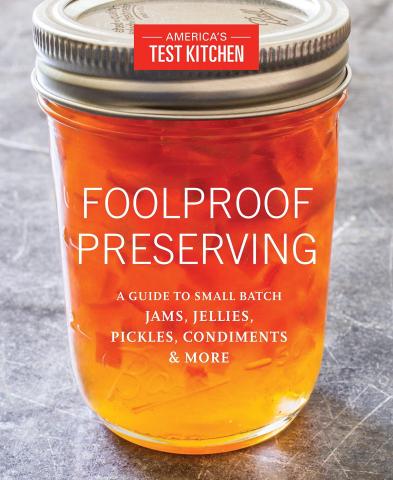
Saving the Best of Summer
by Ashley Wilson
I love all the seasons, but none is more bountiful to me than late summer. The colorful, soft, fruits and vegetables that begin to appear in quantities larger than anyone could eat beckon my canner and crocks. I begin dreaming of popping open a jar that holds a little bit of warmth and sunshine on the darkest January nights, munching on crunchy ferments in between meals, and bottling honey mead that I can share with those closest to me on special occasions. Many winters of my youth were lightened with beets swimming in their dark ruby brine, frozen kernels of field-side-purchased sweet corn adding a finishing touch to a chili, and bright green beans smothered in butter that I was sure I wouldn’t see again until next July. My Grandfather always kept one small bag of his blueberries hidden in the back of the freezer to surprise me when I was sure that there were none left, and my Grandmother would space out her jam until raspberries blossoms began to appear again. These small gifts were wonders to me, and with just a little bit of time you too can put away a bit of summer!
Like many others, I like to use a variety of ways to preserve the best of the seasons. Canning, freezing, and fermenting are all great in their own ways, and there are some great books at the library to get you started. For canning, consider The “Ball Complete Book of Home Preserving” by Judy Kingry and Lauren Devine alongside “Foolproof Preserving: A Guide to Small Batch Jams, Jellies, Pickles, Condiments & More” by America’s Test Kitchen. These books offer classic recipes with clear cut methods that yield an excellent result. If you have an adventurous palate, I adore the updated “Canning for a New Generation: Bold, Fresh Flavors for the Modern Pantry'' by Liana Krissoff which includes wild and foraged varieties of spices and plants. In Krissoff’s book you’ll find recipes for things like Raspberry Jam with Mint and Lavender, Corncob jelly, and Thai Chili Zucchini Pickles. If you have a small space, but still want to try canning, “Preserving by the Pint: Quick Seasonal Canning for Small Spaces'' by Marisa McClennan would be an excellent choice.
If you have the space, freezing is a simple way to go. If you’re storing food long term, blanching is still the preferred way to prepare vegetables before freezing. However, fruit can be laid flat on a cookie sheet (I like to use parchment to assist with sticking and clean-up) until frozen and then placed in a container of choice.
Fermenting is my go-to way when I come home from the market with more than I can eat. A little salt, water, and prep, and a person is good to go. There is no cooking, a small amount of tending, and your vegetables will be as crisp as the day you put them in. Hands down the definitive writer on the subject is Sandor Ellix Katz. “The Art of Fermentation: An In-Depth Exploration of Essential Concepts and Processes from Around the World” is a James Beard Award winning encyclopedia. For the practical recipes Katz reissued “Wild Fermentation: The Flavor, Nutrition, and Craft of Live-Culture Foods,” the first edition which gave the U.S. fermentation movement increased attention. In “Wild Fermentation” a person can learn simple ferments like sauerkraut, yogurt, kombucha, kefir, and mead. After learning the basics, you’ll be ready to try out other ferments like Milkweed Pod “Capers” and Beet Kvass.
Enjoy your summer and happy preserving!